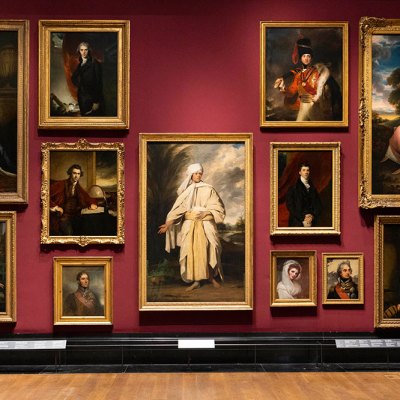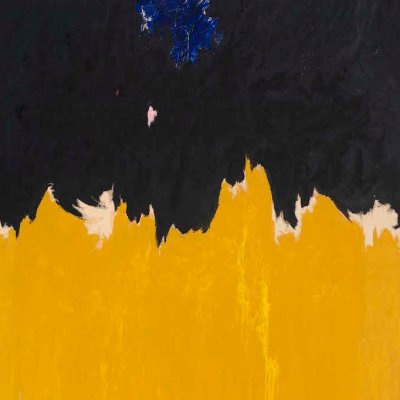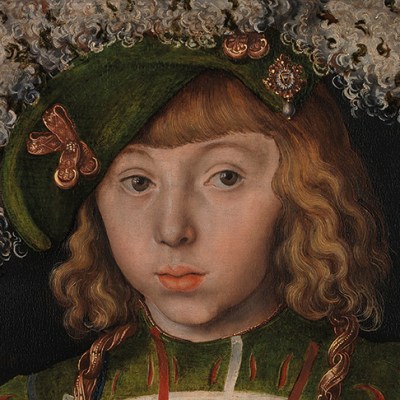Victoria Siddall has been appointed the next director of the National Portrait Gallery (NPG) in London. The former Frieze director, who was a trustee of the NPG from July 2023 to August 2024, has extensive experience of the commercial art world and the non-profit sector. Siddall began her career at Christie’s in 2000, before joining Frieze as head of development in 2004. In 2012, she launched Frieze Masters and became global director of the Frieze fairs in New York and London in 2015. Siddall was also the chair of trustees of Studio Voltaire in London from 2014–2024 and is a co-founder and trustee of the Gallery Climate Coalition. She is the first female director of the National Portrait Gallery. The NPG’s chair of trustees, David Ross, said of Siddall in a statement: ‘Her strengths as a cultural leader are considerable, as is her knowledge of the art world, understanding of audiences and international profile.’ Siddall said: ‘This is perhaps the most exciting time in the NPG’s history, following the recent reopening and Inspiring People project that the team delivered so flawlessly under Nicholas Cullinan’s leadership.’
The British Museum has announced a shortlist of five architects who have been shortlisted for the second stage of the competition to refurbish what is known as the Western Range, which contains more than a third of the gallery spaces in the museum. The shortlisted teams, chosen from more than 60 entries, are led by 6a Architects, David Chipperfield Architects, Eric Parry Architects working with Jamie Fobert Architects, Lina Ghotmeh – Architecture and OMA. Their entries will be displayed in the Round Reading Room in December 2024 and a winner will be announced in early 2025. The Western Range includes the original buildings from the 1850s designed by Robert Smirke as well as newer additions, and contains the Greek, Roman, Egyptian and Mesopotamian galleries as well as back-office space. The chair of the British Museum’s trustees, George Osborne, said: ‘The shortlist we’ve chosen mixes renowned experience with exciting new voices. We couldn’t have asked for more.’ Nicholas Cullinan, the museum’s director said: ‘This is a career-defining opportunity for the final team and I am excited for the next stage of the competition and the conversation and collaboration to come from this once in a lifetime brief.’
The art historian and curator David Anfam has died at the age of 69. An expert on Abstract Expressionism, Anfam wrote a catalogue raisonné of Mark Rothko’s paintings – published in 1998 – over the course of a decade, and curated a survey of Abstract Expressionism at the Royal Academy of Arts in London in 2016. He was also the author of the Abstract Expressionist volume in Thames & Hudson’s World of Art series. Anfam studied as an undergraduate and postgraduate at the Courtauld Institute of Art, writing a PhD on the painter Clyfford Still. He did much to revive interest in Still’s work, acting as a senior consulting curator at the Clyfford Still Museum in Denver, which opened in 2011, where he curated five exhibitions and was also head of its research centre from 2013–20. The museum’s director, Joyce Tsai, said, in a statement on its website, ‘Anfam helped to lay the foundation of scholarly and curatorial excellence during his involvement with the Museum; we continue to build upon the strength of that work. His absence will be felt across the field.’
A museum in Pennsylvania is going to sell a painting by Lucas Cranach the Elder after reaching an agreement with the heirs of its Jewish former owners, who fled Nazi Germany. Portrait of George the Bearded, Duke of Saxony (c. 1534) has been in the collection of the Allentown Art Museum since 1961. The New York Times reports that the descendants of Henry and Hertha Bromberg, who eventually settled in Pennsylvania after sailing to the United States in 1939, will share in the proceeds when the painting is sold by Christie’s New York in January, although the details of the arrangement have not been made public. The Brombergs sold the Cranach and other works to a gallery in Paris, and a resolution between their heirs and the Allentown Art Museum turned on the question of whether the couple had sold the work under duress. The museum’s president and CEO, Max Weintraub, said in a statement, ‘This work of art entered the market and eventually found its way to the museum only because Henry Bromberg had to flee persecution from Nazi Germany. That moral imperative compelled us to act.’



